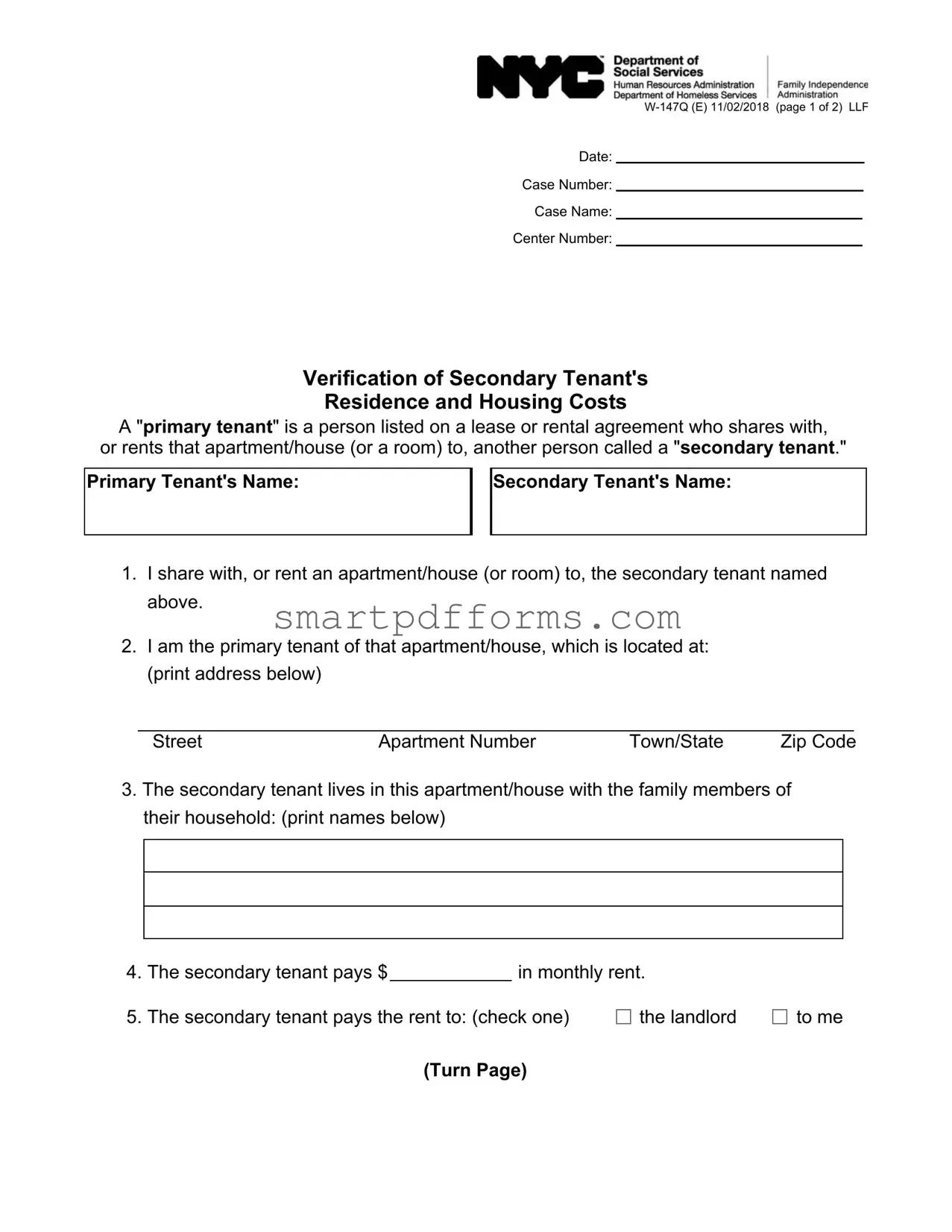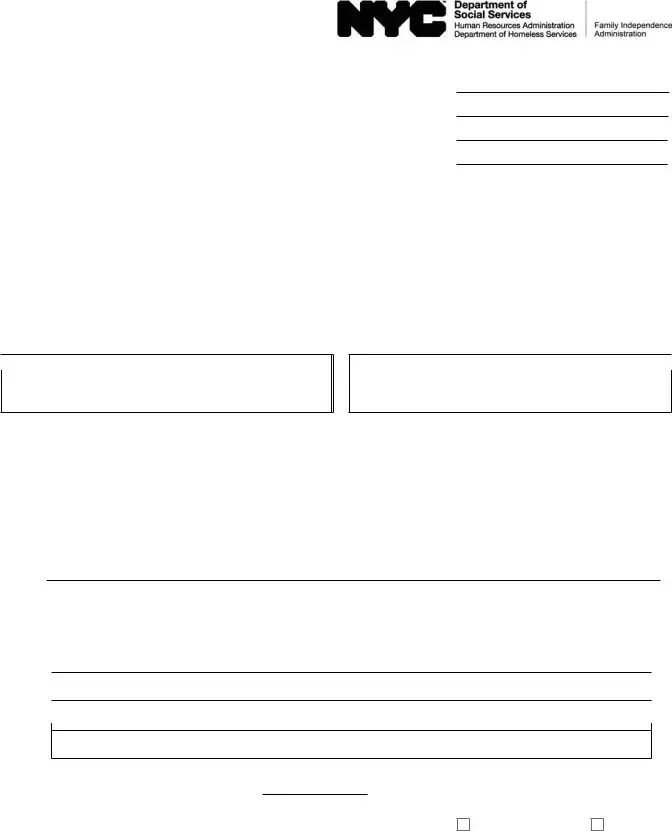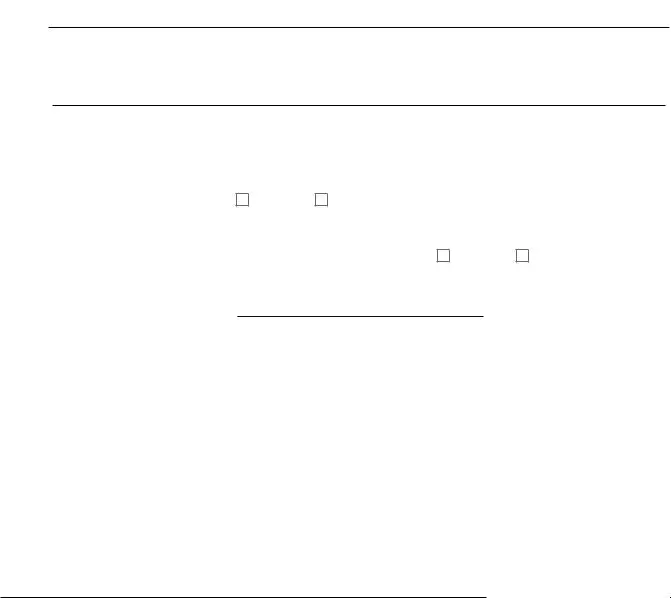- What is a W-147Q form?
The W-147Q form, titled "Verification of Secondary Tenant's Residence and Housing Costs," is a document utilized to confirm the living situation and share of housing expenses of a secondary tenant. It is primarily used to establish a secondary tenant's occupancy and financial responsibilities within a rental arrangement, distinguishing them from the primary tenant who holds the official lease or rental agreement.
- Who needs to fill out the W-147Q form?
This form is to be completed by the primary tenant. This individual is the one listed on the lease or rental agreement and is responsible for sharing with or renting part of the apartment, house, or a specific room to another person, known as the secondary tenant.
- What information is required on the W-147Q form?
Completing the W-147Q form involves providing specific details such as:
- The primary tenant's name, address of the housing unit, and telephone number.
- The secondary tenant's name and the names of the family members living with them in the unit.
- The amount of monthly rent paid by the secondary tenant, whom they pay it to, and whether it includes costs for heating, air conditioning, or other utilities.
- Verification, typically in the form of the lease or other documents, that the form filler is indeed the primary tenant.
- How is the rent specified on the form?
On the W-147Q form, the primary tenant must detail the exact amount of rent the secondary tenant is responsible for per month. Additionally, the form requires information on to whom the secondary tenant pays their rent, whether directly to the landlord or to the primary tenant themselves.
- Do secondary tenants have to pay for utilities?
The form inquires whether the secondary tenant pays an amount separate from the rent for heating or air conditioning. If not, it further asks whether they pay separately for other utilities. The arrangement for utility payments, separate from the rent, needs to be clearly stated on the form.
- Is it mandatory to attach proof of tenancy?
Yes, it is obligatory for the primary tenant to attach a copy of their lease or other documentary evidence proving they are the rightful lessee of the property. This acts as verification of the claims made within the form.
- What legal affirmation does the primary tenant make by signing the W-147Q form?
By signing the W-147Q form, the primary tenant affirms under penalty of perjury that all information provided is accurate and complete to the best of their knowledge. This signature legally binds them to the statements made on the form.
- Where should the completed W-147Q form be submitted?
The completed form should be submitted to the appropriate administrative body as directed, typically the Human Resources Administration or the Family Independence Administration, depending on the local jurisdiction's procedures.
- Can the W-147Q form affect housing benefits?
Potentially, yes. Since the form verifies residence and housing costs for a secondary tenant, it could influence eligibility or calculations for housing benefits or assistance programs. It's vital to provide truthful information to ensure accurate assessment of benefits.
- What happens if information on the W-147Q form is found to be false?
Providing false information on the W-147Q form can lead to serious consequences, including legal penalties for perjury. It's crucial for the primary tenant to ensure all information is truthful and accurate.






 in monthly rent.
in monthly rent.
